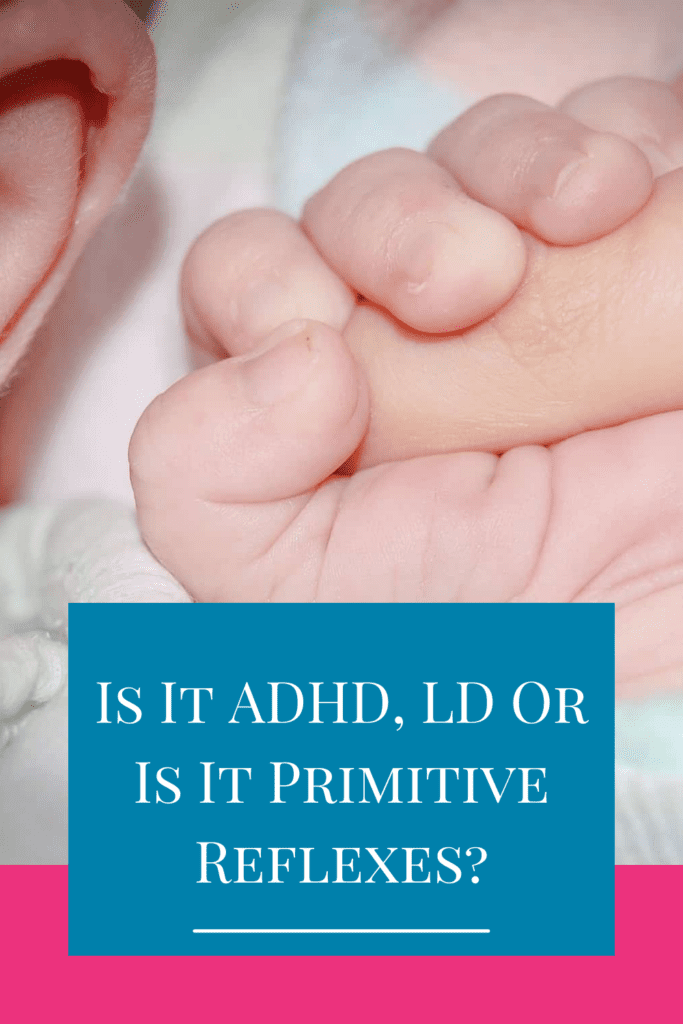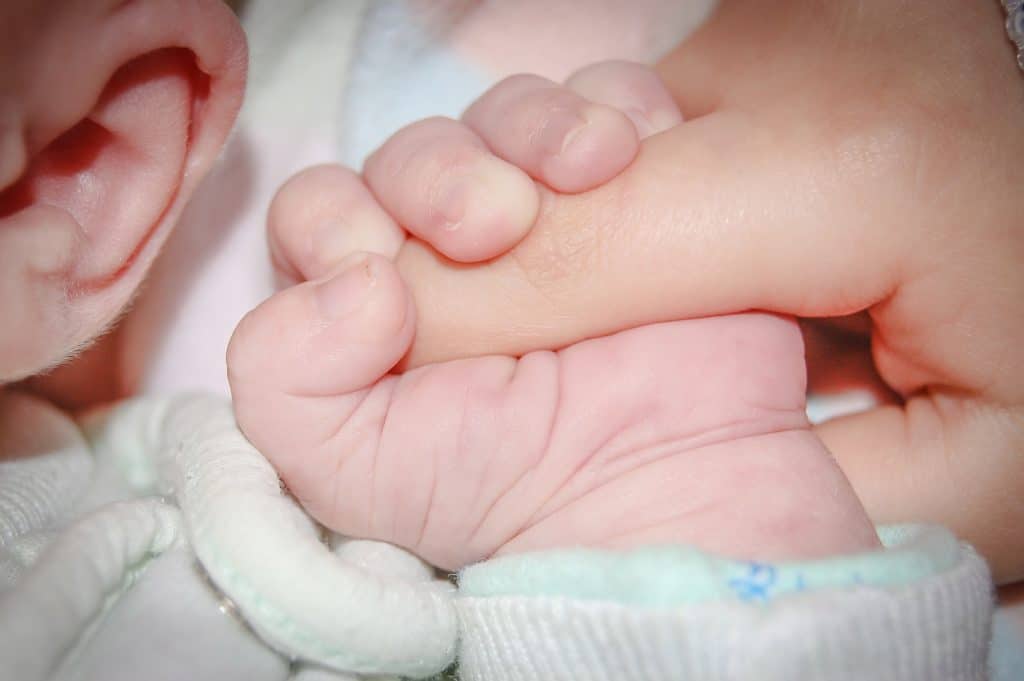If a child is impulsive, unable to sit still, has poor motor skills or has difficulty learning—the most common diagnosis is ADHD or a learning disability. Yet these symptoms might have nothing to do with a disorder and may be occurring because a child’s ‘baby brain’ didn’t totally disappear.
Child development researchers have found that many children are misdiagnosed with ADHD, Learning Disabilities and Sensory Processing Disorder simply because they struggle with attention, impulsivity or have difficulty learning when in fact retained primitive reflexes are the real culprit.
Retained primitive reflexes can also be one of the contributing factors in ADHD and Learning Disabilities. Children with Learning Disabilities, like dyslexia have several retained primitive reflexes. Likewise, children with ADHD, SPD and autism spectrum are also more likely to have retained primitive reflexes.
What are Retained Primitive Reflexes?
Reflexes are automatic, unconscious reactions; if something comes close to your eyes, you blink without thinking. Primitive reflexes are different in that they exist mostly in the first year of life and contribute to your baby’s survival and enables their development.
If you stroke a baby’s cheek, it will automatically turn its head to feed; if you place your finger near your baby’s fingers, it will automatically wrap its fingers around your finger without being taught.
Muscle Tone and Movements Builds the Higher Brain Levels
These reflexes originate in the brain stem and they trigger muscle movement which is crucial for brain development because they result in the creation of new neurons in the higher brain levels. You may remember your pediatrician testing your child when they were younger to make sure those reflexes were there.
Specialists in child development found that muscle movement, the large postural muscles in particular, promotes the growth and development of complex brain development that is required for effective learning, reading, focus, emotional regulation and socialization.
When an infant is learning to crawl and lifts their head, plans their next move and moves their hands and legs they are stimulating neurological development of their brain. If it seems hard to believe that muscle tone can have such an impact on brain development, consider this:
Retained primitive reflexes re-emerged among brain injured individuals, who lost muscle control of the brain injured areas that were connected to specific muscles.
Once they improved their motor control, muscle tone and movement, those reflexes once again integrated.
Primitive Reflexes Don’t Disappear – They Integrate
The muscle movement results in the stimulation and creation of new connections between those neurons. As a baby’s interaction with its environment and its movements become more complex, their reflexes should integrate so that higher order brain levels can develop.
If these reflexes do not fully integrate then they are retained primitive reflexes, meaning reflexes that are present, but should not be present and are likely interfering with higher level brain processes. A retained primitive reflex also impacts the subsequent integration of other primitive reflexes.
Primitive reflexes do not ‘go away’. They continue to exist in the brainstem, where they are inhibited through movement, muscle tone and the development of higher cognitive processes.
Does your Child Have Retained Primitive Reflexes? AKA an Underdeveloped Nervous System?
These retained reflexes can affect visual, sensory and auditory processing as well as fine and gross motor skills which often are the underlying culprits in Learning Disabilities, ADHD, SPD, ASD and even anxiety.
Since primitive reflexes originate in the central nervous system, an underdeveloped central nervous system is often the result when primitive reflexes are retained. This is also known as neuromotor immaturity which can lead to problems with learning, behavior, sensory processing, cognition and motor skills.
If you suspect your child has retained primitive reflexes – it’s not too late. There are specific movements that can be done to integrate those reflexes. In my article, I will outline the signs of retained primitive reflexes, and how they can be integrated so your child can better learn and behave!
If you want to learn more about how you can help your child move beyond the limitations of IEPs, medication and endless tutoring – then set up a free twenty minute Better Brain Breakthrough Session.
We can chat, you can tell me about your child’s unique challenges and I will help you uncover three steps you can take today to help them reach their full potential.
Sources:
Blomberg, Harald: The Rhythimic Movement Method: A Revolutionary Approach to Improved Health and Well-Being
Brandes Bonnie: The Symphony of Reflexes: Interventions for Human Development, Austim, ADHD, CP, and Other Neurological Disorders
Dennison, Paul: Brain Gym
Melillo, Robert: Disconnected Kids


